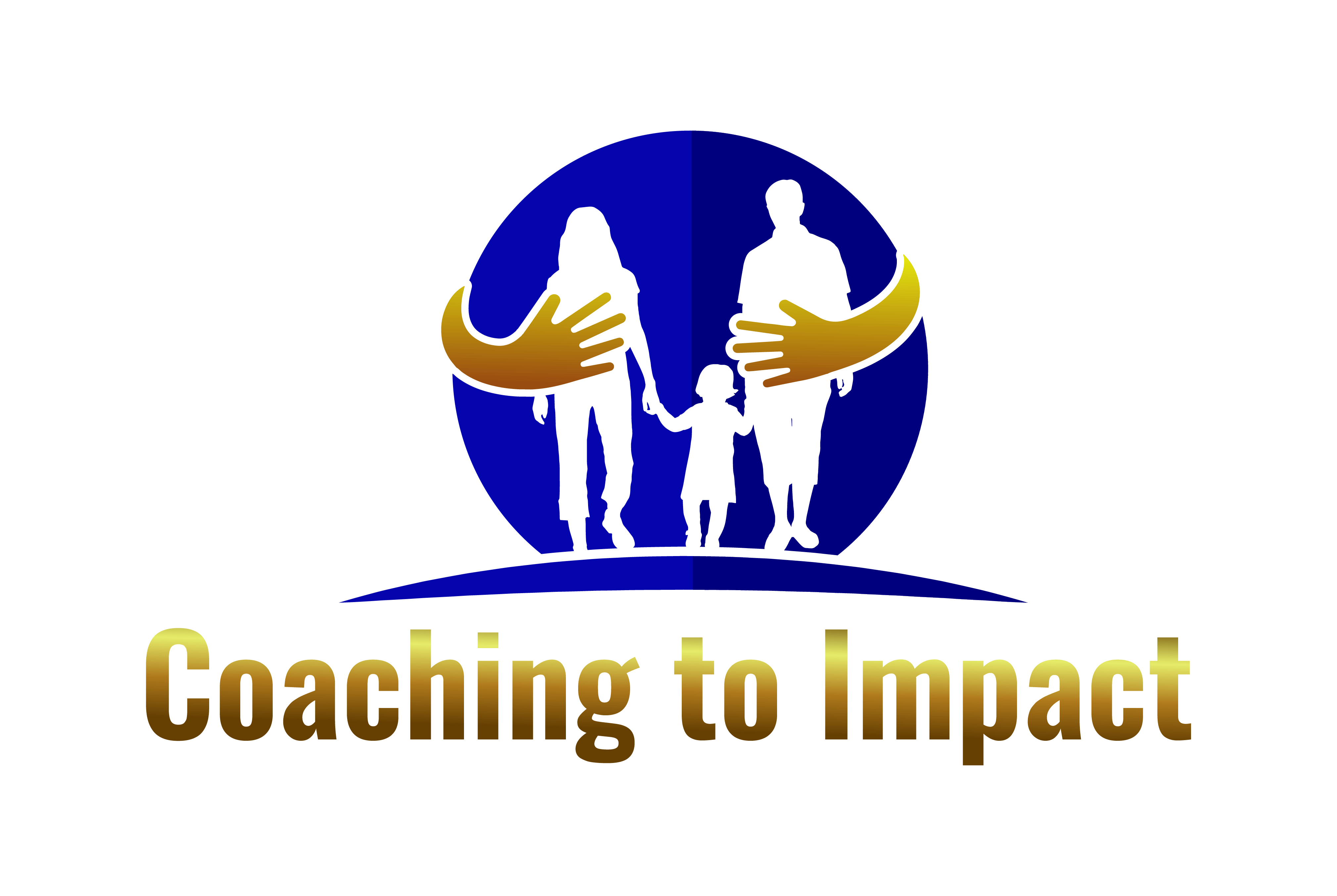What is BLM?
 The confusion surrounding the Black Lives Matter (BLM) movement appears across many intersections of our lives. Some are willing to rally around the grassroots protests and while others raise the voice in protest with chants of _____ Lives Matter, your fill in \the blank. What people still do not understand is that these chants are unequal. They cannot compare this because blacks have always been socially subservient for over 400 years. So, I want to offer this as a point of clarification. The actual definition is a roar for understanding that Black Lives Matter Also or: #BLM2.
The confusion surrounding the Black Lives Matter (BLM) movement appears across many intersections of our lives. Some are willing to rally around the grassroots protests and while others raise the voice in protest with chants of _____ Lives Matter, your fill in \the blank. What people still do not understand is that these chants are unequal. They cannot compare this because blacks have always been socially subservient for over 400 years. So, I want to offer this as a point of clarification. The actual definition is a roar for understanding that Black Lives Matter Also or: #BLM2.
#BLM2’s Impact on Adoption
Since transracial adoption is on the rise and racial tension in the U.S. is at an all-time high, I want to provide insight on the crisis transracial adoptive families of black children face as they navigate these challenging times. Of all the children in the foster care system, 60% of them are non-Caucasian. There are over 400,000 children in foster care, and of those, 100,000 are awaiting adoption.
Currently, 4 out of 10 adoptions are transracial adoptions in which a black child adopted to white parents. Without black relatives or mentors, black adoptees have difficulties understanding current events such as the BLM movement and their place within it. At the same time, society puts a predetermined label and expectation on them.
Here are four things non-black parents can do to help their black children right now:
- Give your child an understanding of the black experience in America, make an intentional effort to surround your child with people that look like him/her. Find a black dentist, doctor, teacher, mentor, coach, a business leader that can help your child to understand their capabilities and limitless potential.
- Do not be afraid to talk about race and make space in your everyday life to discuss these sensitive topics openly. Normalize it. Give your child information about their limitations other people may feel him/her has due to her race, and what they should expect when they walk out the door, so he/she is not shocked when they are the recipient of overt and covert racism.
- Allow your child to experience who they are in their own identity, to flourish in their strength, and do not be overly concerned about their weaknesses and do not ascribe it to race.
- Educate yourself on your biases, expectations, and limitations you are putting on your child, especially if you are a blended family with children from different races. Favoritism and stereotypes are harmful to the child’s development and well-being, so be aware of your “color-blindness,” as that is harmful to your child’s ability to self-actualize. Saying to your child that “you don’t see color” is the same thing as saying, “I don’t see you.”
As a black woman with same-race parents in an all-white community, I have developed exposure to inequality. I am also an adoption educator who sits on the board of PACER–the leading post-adoption support group in California and have worked with hundreds of transracial adoptive families. No other time has been as challenging as right now for these families. I am happy to provide more perspective and case studies, as well as connect you to actual transracial families navigating this dynamic right now. Please feel free to use the contact information listed below to respond.




